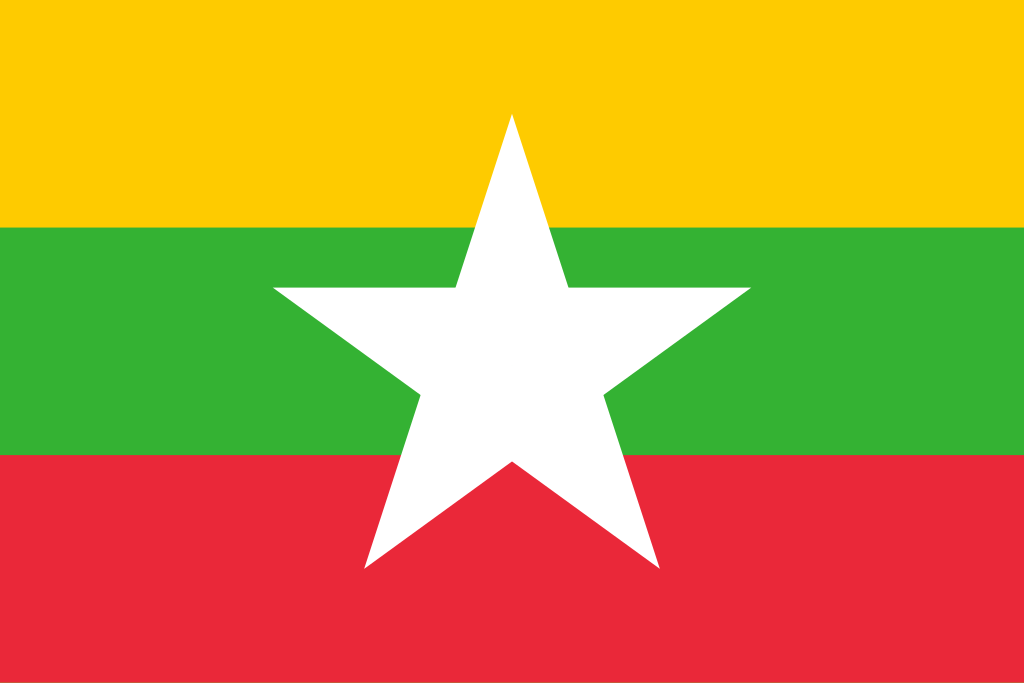Our Blogs
Your go-to source for industry news, tips, and innovations.
MTPE: The Future of Machine
Machine translation (MT) has transformed the way businesses and individuals...
Read MoreHow to Choose the Right
Thanks to digital transformation, media companies now have the unique...
Read MoreTarget an Audience of 650
As global competition intensifies, companies without a strategy to connect...
Read MoreLeading Localization Agency in India
LC is one of India’s premier language localization and translation...
Read MoreMachine Translation and the Needs
Is Automatic Translation a Myth? Despite decades of research and...
Read MoreComputer-Aided Human Translation: A Comprehensive
As the demand for accurate and efficient translations grows, human...
Read More5 Translation Errors That Have
Translation errors can have dire consequences. While there are many...
Read MoreThe Role of Technology in
The translation process has undergone several modifications throughout the years,...
Read MoreWill DeepL or Google Replace
Artificial Intelligence has made huge leaps forward over the last...
Read MoreThe Role of a Language
In today’s fast-paced world, business needs are constantly changing. Staying...
Read MoreTechnology in the World of
Technology plays a critical role in the translation industry, making...
Read MoreThe Evolution of Translation Service:
Translation is an essential part of human communication. It allows...
Read MoreHow Website Localization Can Drive
In today’s digital world, e-commerce has transformed the way people...
Read MoreThe Future of AI Subtitling:
The world of entertainment is expanding faster than ever. With...
Read MoreThe 10 Oldest Languages Still
Language has been an essential part of human civilization for...
Read MoreOvercoming the Language Barriers with
The hospitality industry is all about making your guests ‘feel...
Read MoreMTPE Best Practices: Ensuring Quality
Machine Translation Post-Editing (MTPE) is a process where human linguists...
Read MoreHow Video Game Localization Works
What is video game localization?Game localization can be termed as...
Read MoreAI in Media Localization: Speeding
In today’s interconnected world, media travels faster than ever. A...
Read MoreTechnical Translation for Software Localization:
In today’s globalized world, software companies want their products to...
Read MoreMedical Translation and Interpretation? Only
Medical translation and interpretation require the highest level of precision....
Read MoreAI Subtitling: Localization Made Easy
In a world where streaming platforms and on-demand content rule...
Read MoreTranslation, Transcription, Localization, and Transcreation
When looking for language services, you may come across terms...
Read MoreAI is Changing the Translation
Artificial Intelligence (AI) is rapidly transforming the language translation industry....
Read MoreThe Role of a Post-Editor
Machine translation (MT) has transformed the way we handle languages,...
Read MoreCriteria for Selecting the Best
The language translation industry is growing at a rapid pace...
Read MoreThree Reasons Why e-Learning Translation
E-learning is emerging as one of the most accessible learning...
Read MoreAI Translation: Breaking Barriers in
The world is more connected than ever. People from different...
Read MoreThe Role of Medical Translators
Medical translation is the process of converting medical documents, reports,...
Read MoreApplications of Language Translation in
In today’s ever-changing business environment, more and more organizations are...
Read MoreWhat is Transliteration, and How
Transliteration is the process of converting texts from one script...
Read MoreKey Benefits of Website Localization
Expanding your business into global markets is an exciting step...
Read MoreHow Translation and Localization Can
The digital era has transformed the way businesses operate, making...
Read More21st Century Trends in Translation
Translation has evolved beyond the traditional realms of literary and...
Read MoreBest Practices for Achieving Accuracy
Technical translation is a specialized field that requires attention to...
Read MoreLanguage Translation in Education
Education is one of the primary necessities of every human...
Read MoreUnderstanding the European Accessibility Act
In 2025, a big change is coming to Europe that...
Read MoreLanguage Translation in Business
The modern world is an international marketplace. Entrepreneurs today aim...
Read MoreMistakes to Avoid When Localizing
n today’s digital era, e-learning has become one of the...
Read MoreMTPE 101: An Introduction to
In today’s globalized world, content creation often requires translation into...
Read MoreLingual Consultancy Subtitles the Documentary
At Lingual Consultancy, we take pride in delivering high-quality subtitling...
Read MoreDubbing vs Subtitling: Do You
You open Netflix, choose a movie that caught your attention,...
Read MoreMobile App Localization for Emerging
In today’s digital world, mobile apps play a huge role...
Read MoreHow Can Language Translation Help
The modern world is becoming a global village, with significant...
Read MoreHow Translation Services Can Benefit
In today’s globalized world, businesses aspire to expand beyond borders...
Read MoreTop 5 Industries That Benefit
Professional translation services play a crucial role in bridging language...
Read MorePatent Translation/Localization: A Multi-Step Process
Patent translation and localization is a highly specialized process that...
Read MoreRole of Language Translation in
The MedTech (Medical Technology) industry is a rapidly expanding sector...
Read MoreWhy Businesses Cannot Simply Rely
In today’s fast-paced world, tools like Google Translate have made...
Read MoreAI Subtitling: How Far Have
In recent years, artificial intelligence (AI) has rapidly advanced in...
Read MoreHow AI Translation Is Transforming
In recent years, artificial intelligence (AI) has been at the...
Read MoreWelcome Foreign Clientele with the
In today’s globalized world, businesses need to break the language...
Read More7 Game Localization Best Practices
Game localization is essential for reaching a global audience and...
Read MoreMobile App Localization: Best Practices
As mobile apps continue to dominate the digital world, businesses...
Read MoreWhy is a Good Translation
Good translation is crucial for global interaction across industries such...
Read MoreLegal Transcription: Everything You Need
Legal transcription is an essential service for law firms, converting...
Read MoreGame Localization: How You Can
Games are a significant part of the global population’s entertainment....
Read MoreThe Importance of ecommerce Translation
As more businesses move online, the world feels smaller and...
Read MoreManaging Translation Memory Tools for
Language translation service providers today use both human translators and...
Read MoreTranslator vs. Interpreter – Which
With businesses going global, both translation and interpretation are high-demand...
Read MoreRole of Software Localization in
The global market today presents fierce competition, and language plays...
Read MoreE-commerce/Online Shopping Sites Are Also
It is not the strongest and the most intelligent who...
Read MoreLingual Consultancy to showcase language
Lingual Consultancy, a leading provider of language services, is delighted...
Read MoreGoogle Translate vs Siri vs
In today’s world, smart assistants like Siri, Alexa, and Google...
Read MoreSteps to Achieve Software Localization
Modern businesses today have global reach, and software localization plays...
Read MoreCoronavirus Outbreak: What If a
The coronavirus outbreak has caused immense fear and confusion around...
Read MoreThe Significance of Customized Commercials
In today’s competitive market, businesses are no longer limited by...
Read MoreTranslation and Localization Services for
Blockchain technology and cryptocurrency are gaining massive popularity as more...
Read MoreWebsite Localization: An Essential Recipe
Websites are a powerful tool to engage with your audience,...
Read MoreDesktop Publishing Services (DTP): The
Desktop publishing (DTP) plays a crucial role in ensuring that...
Read More5 Key Tips for Achieving
Market research serves as the foundation for every successful product...
Read MoreThe Rise of Audio Transcription
In the digital age, where information exchange is rapid and...
Read MoreImportance of Accurate Translation in
Translation, the art of converting a text or speech from...
Read MoreChoosing the Right Translation Company
Introduction In a continuously globalizing world where businesses operate across...
Read MorePopular Localization Myths You Should
Localization is a crucial process for companies looking to expand...
Read More










































































































